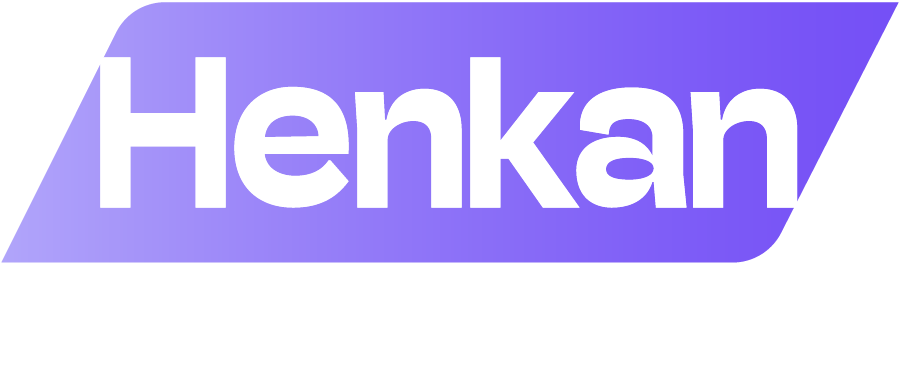A continuous improvement (CI) programme can be thought of as a complex machine, governed by many levers.
It stands to reason, then, that whether you’re a small or medium-sized enterprise or part of the Fortune Global 500 Index, there are many elements that can factor into why your CI programme might not be performing as you’d intended.
- The internal resources you need to deliver your CI programme effectively are simply insufficient.
- External challenges driven by forces outside of your control have compelled your organisation to adapt in ways that hinder the effectiveness of the programme. Work from home initiatives as a result of the continued impact of the global health crisis is one recent example of this.
- Perhaps a change in business objectives has moved the goalposts by which you were monitoring the ongoing effectiveness of your programme.
These and many other challenges can be overcome by implementing an effective CI programme.
In our experience, there are four key components to every successful CI programme. If you are setting up a CI programme for the first time, then getting these right from day one is integral to delivering a programme that supports, enables and transforms your business effectively and sustainably.
If your programme is already underway, it’s not too late to revisit the process with these components in mind to adapt your CI programme and its delivery for success.
The four key components of a successful CI programme in 2023 explained
The Henkan way: Making you the Experts
Continuous improvement programmes aim to achieve autonomy in the workplace. As CI professionals, rather than simply handing off a ‘Henkan model’, we adapt to your world to design a bespoke roadmap that contains the right tools and right approach to ensure you and your organisation are well placed to successfully navigate the CI Journey to achieve world-class performance.
We have the comprehensive qualities and values that are needed to understand the challenges of any client. With our Intelligent blend of toolkits, significant technical expertise, empathetic minds, and experience-based knowledge, we provide a customer-centric support programme that is specifically designed to meet the needs of your business.
Are you looking to launch or adapt your continuous improvement programme? We can help you to effectively create a World Class Enterprise by engaging your people to improve business processes in pursuit of operational excellence. Our consultants are specifically selected for their ability to engage people and organisations in successfully delivering CI programmes that guide you on your journey and make you the experts.










